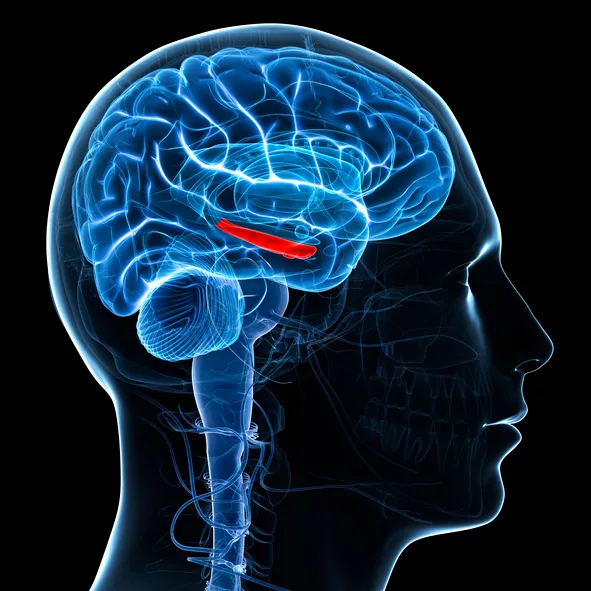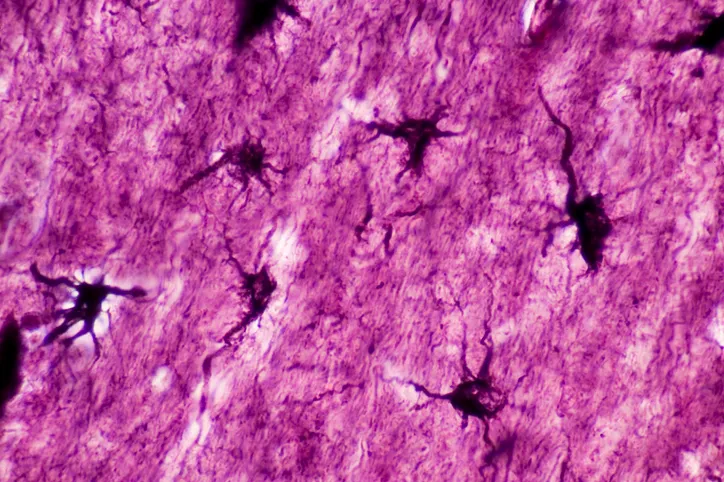We humans were not made to be sedentary. We evolved in a world that required us to explore the environment, to move, and without that stimulation the brain ceases to function at its full potential. When we no longer use our brains to organise physical action, could it be that it slows down, atrophies, and becomes disorganised?
At the most fundamental level, the brain is a giant problem-solving device. Most of its problem-solving capabilities evolved to allow us to adapt to a wide range of environments, and continued exploration of these environments is one way we can age well.
Our brains were built to move our bodies toward food and mates, and away from predators. Exercise is important for two reasons. The obvious one is that it oxygenates the blood. The brain runs on oxygenated glucose, carried by haemoglobin in the blood, and a fresh supply of oxygen is good.
The non-obvious reason is that our brains, because they were built to navigate in unfamiliar surroundings, don’t do well when they’re not challenged by having to problem solve.
Read more about the benefits of exercise:
- What happens to my body when I exercise?
- HIIT is changing the way we work out, here's the science why it works
- Do the benefits of exercise wear off as your body gets used to it?
Every step you take on a treadmill or elliptical is helping you with the first of these two imperatives - getting your blood oxygenated - but it doesn’t help your brain to keep its navigational skills and memory systems honed.
In contrast, every minute you walk on an unpaved trail, whether in a park or in the wilderness, requires you to make hundreds of micro-adjustments to foot pressure, angle, and pace. These adjustments stimulate the neural circuitry of your brain in the precise way that it evolved to be used.
The area that is most stimulated is your hippocampus, that seahorse-shaped structure that is critical to memory formation and retrieval. This is why so many studies show that memory is enhanced by physical activity.
Embodied cognition
This way of looking at things is known as embodied cognition, the idea that physical properties of the human body, particularly the perceptual and motor systems, play an important role in cognition (thinking, problem-solving, action planning, and memory). In this way of thinking, the sensation of movement is inextricably bound with knowledge.
Embodied cognition sees humans as embodied, ecologically and genetically embedded social agents who shape and are shaped by their environment. The body influences the mind just as the mind influences the body.

A systematic meta-analysis showed that for adults with mild cognitive impairment, exercise had a significant beneficial effect on memory. Mild cognitive impairment means a considerably increased risk of progressing to dementia, and this specific risk is increased by the gradual decline (atrophy) of the hippocampus.
Physical activity may be just as effective as pharmaceutical agents in improving and maintaining memory, as well as global cognition, and delaying the onset of dementia and other neurological diseases such as Alzheimer’s and Parkinson’s.
Childhood memories
Looking at memory, movement, and embodied cognition as being interrelated helps to explain one of the biggest mysteries of human memory: infantile and childhood amnesia.
Generally speaking, we don’t remember anything from our first two years of life, and only a little before age six. (People who claim to have vivid memories of early childhood are often reporting stories told to them by relatives, or mistaking photographs for primary memories.)
If memory evolved to help us with spatial navigation, the reason that very young children have no memories is that they are not moving around and interacting with the environment very much.
It appears it’s the onset of walking that triggers neurochemical activity in the hippocampus, prompting the hippocampal place cells and grid cells to begin their internal mapping of the environment.
Even though most children have been moving around and exploring the environment by age six, it may take time for the hippocampal place system to mature to the point that it can accurately encode spatial memory in an adult-like fashion. Hence a lack of infantile and childhood memories.
An implication here is that as older adults begin to move and explore less than, say, young or middle-aged adults, those hippocampal-based memory systems might atrophy - use it or lose it.
The central role that the hippocampus plays in general, not just in spatial memory, can additionally account for other cognitive impairments often seen in less active older adults, including decrements in reasoning, hand-eye coordination, and problem-solving, as well as general cognitive slowing.
Brain decline as we age
The embodied cognition view further states that our cognitive and perceptual abilities are not a static endowment but rather emerge from fruitful and active exchanges with the environment.
As children, we gain a sense of agency and control over the environment through our interactions with it - playing in the sandbox, climbing a tree. We can lose that sense of agency and control if we reduce our interactions with the environment, which can lead to a loss of motivation and confidence in our ability to deal with our environment, setting off a downward spiral.
This is particularly a problem for older adults who are already experiencing three kinds of bodily changes that may spur them to interact with the environment less.
First is loss of dexterity, which comes from a general slowing down of nerve transmission speed, loss of nerve conductance, and reduction in eye-hand coordination.
Second is a loss of motivation, which may be born of isolation and feelings of loneliness.
Third is a loss of joy and pleasure at doing things for oneself, partly owing to reductions in the production and uptake of dopamine, the brain’s reward-chemical signalling channels.
Read more about the ageing brain:
- Music therapy for stroke patients ‘improves brain and motor function’
- Parkinson's disease may affect brain before birth
- Severe deprivation in childhood could lead to smaller brain volume
- 5 incredible advances in brain condition treatment
Taken together, these can lead people to curtail activities unnecessarily - that is, not for health or safety reasons. Abandoning a particular activity, such as walking on uneven terrain, or slicing vegetables, leads us to perceive ourselves as “someone who doesn’t perform these kinds of actions anymore” and creates a growing self-image as a non-agent in the world. This can be one of the worst things about ageing.
This is not to suggest that older adults should engage in activities that are unsafe. But fear or trepidation about engaging in activities you’ve enjoyed your whole life just because you’re “old” might not be a legitimate reason to abandon those activities, and may actually accelerate your entry into true “old age.”
Brain plasticity and its role in staying young
A large part of the story of people who manage to stay young, in spite of their chronological age, relates to synaptic plasticity - the ability of the brain to make and form new connections.
Plasticity is influenced by your genetic makeup, your lifetime of experiences, and the culture in which you live. It is also influenced by your daily routines, especially as you get older. The act of transmitting information across synapses, and the forming of new synaptic connections, requires a dramatic increase in the amount of energy used in the brain.

Astrocytes, a type of brain cell, serve as suppliers of that energy. A mounting body of evidence shows that physical activity increases the effectiveness of astrocytes and thereby enhances synaptic plasticity, memory, and overall cognition.
Studies have shown that even minimal physical activity immediately enhances activity and connectivity in the hippocampus, and connectivity in other cortical areas associated with learning and memory.
And these effects are not, as previously thought, a result of the body entering a stress response and releasing cortisol. Keep up the activity and, after 12 weeks, improvements in cerebral blood flow are evident.
How walking in nature changes the brain
And you most definitely don’t need a gym. Simply walking has huge benefits - outdoors, in nature, preferably.
Head out onto that unpaved trail and you’ll encounter uneven ground, a tangle of roots and rocks that demands attention to avoid tripping. You’ll be bombarded by new stimuli and inputs.
Every minute of walking requires hundreds of micro-decisions about where to place your foot, how much pressure to use when setting your foot down and picking it up again, how to balance yourself, how to lift off your foot to move forward to the next step. You have to be attentive to avoid getting whacked in the face by low-hanging branches, to brush away spiders, flies, and midges, or swerve to avoid the occasional runner, dog or child.
The number of variables - things that could happen to you - is infinite. The terrain, the people, the vegetation, even the weather – it’s all changing.
This is the kind of navigation our brains evolved to perform. This is the kind of embodied cognition that strengthens synapses and rejuvenates hippocampal memory systems, motor-action planning systems, and eye-body coordination.
Outdoors, anything can happen. And that’s the most potent way of keeping the brain flexible and active that we have so far discovered.
The Changing Mind: A Neuroscientist’s Guide to Ageing Well by Daniel Levitin is available now (£18.99, Penguin Life)